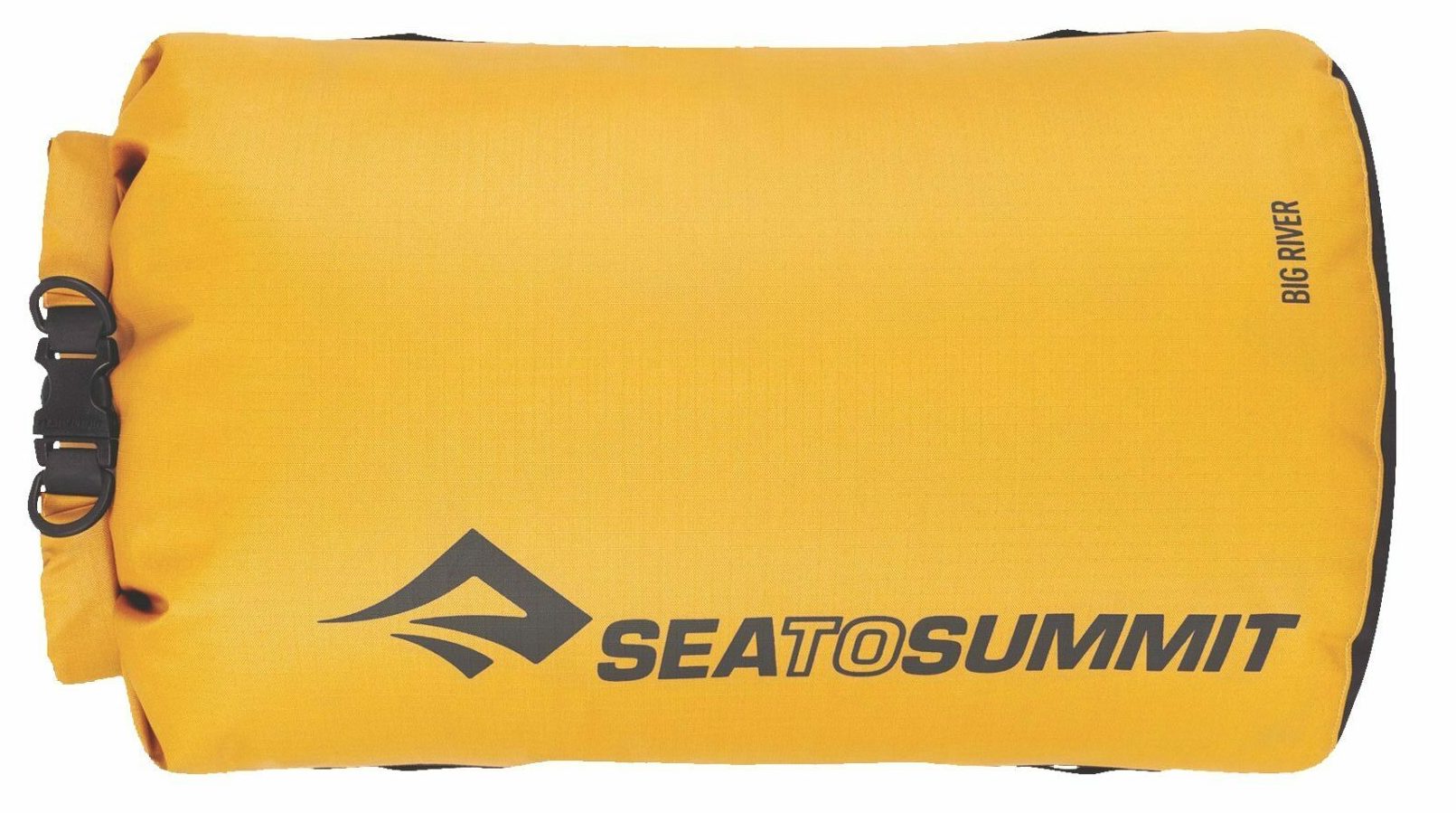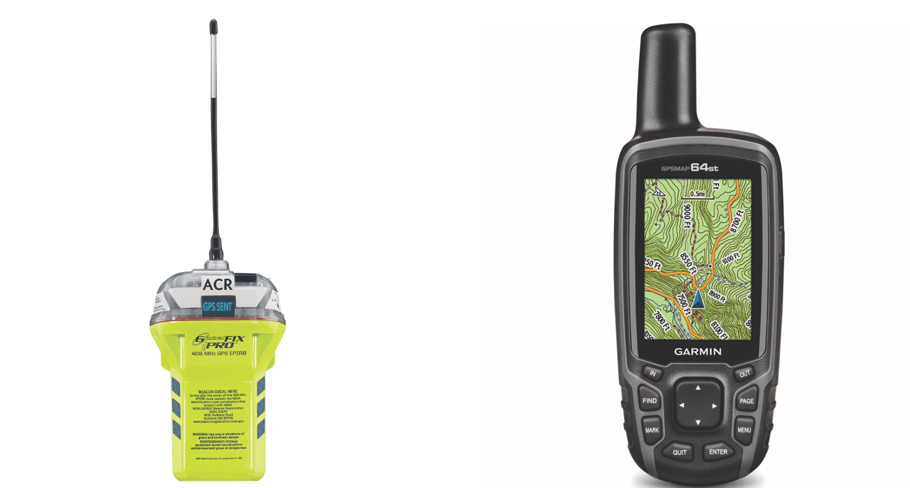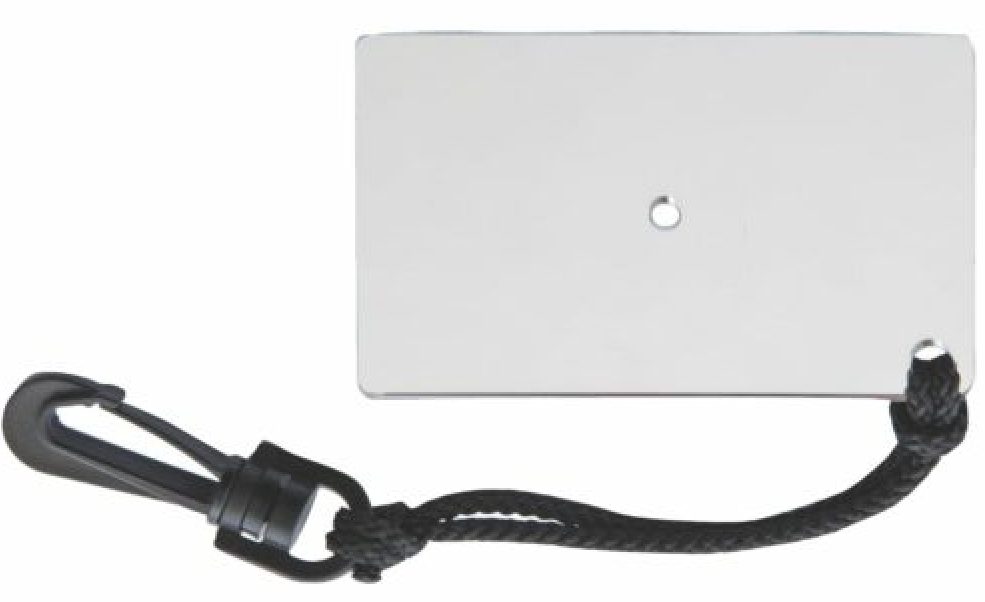The Grab Bag: What You Need in an Emergency

Whether you are 10 miles, 100 miles or a few thousand miles from shore, if things go wrong and you need to abandon your vessel there are a few essential items that you will be reaching for. After the life raft and the EPIRB, the Grab Bag is, in our opinion, one of the most critical survival items on board.
When we bought our boat 10 years ago we purchased a new Viking RescYou Pro six-man life raft. Like most life rafts it comes with an emergency pack that contains basic survival gear including raft maintenance equipment, signaling gear, drinking water, a first-aid kit and seasickness tablets. Our grab bag contains many additional things that we deem to be essential for survival in a life raft for a reasonable period of time. After 26,000 miles of cruising and six offshore passages of more than 1,000 miles, we have packed, repacked and refined our grab bag many times. I thought it would be useful to share some equipment that we consider to be useful and/or essential in this vital piece of safety gear.
I should point out that separate from the grab bag, there are several other items in daily use around the boat that would be vital to have onboard the life raft. The EPIRB activated and broadcasting our distress call is the most vital and then, in no particular order of priority, one (or more) large jugs of fresh water, a chart and a handheld GPS, a bucket and as many tins of food as space and time permits.

What is a Grab Bag?
A grab bag is an emergency bag or ditch bag that contains the equipment needed for catching food, obtaining water, signaling for help and providing shelter from the elements to help you survive until you are rescued. A boating-specific grab bag assumes you will be living in a life raft for days or weeks. It needs to be stowed where it can be quickly and easily grabbed and thrown into the life raft. A grab bag should be waterproof and brightly colored with a lanyard attached just in case it slips out of your fingers. We actually use two large yellow dry bags with the gear split between them, just in case only one bag makes it and to reduce the size and weight.
For the purposes of this article, we have assumed that the crew is already wearing foul-weather gear, life jackets and clothing suitable to the weather/climate. I have subdivided the equipment into four categories and many of the tools are generally useful to have for other purposes.
Food
Food provides the energy and nutrients needed to keep the body functioning and lifts the spirits and gives a focus or highlight to the day. Food stored in the grab bag should not be perishable, should be edible without cooking and should not be salty because drinking water will be in short supply. It is also a good idea to choose food that can be divided into smaller portions for rationing. We have vacuum-packed about 5.5 lbs. (2.5 kg) of roasted nuts, dried fruit and trail mix in 5.3-ounce (150-gram) portions and as many muesli bars as we could stuff into the bag, about 25.

We’ve included fishing line and hooks that we use to supplement the dried food and to occupy the time. I’ve also included a folding knife and small wooden chopping board to deal with the catch. Hoping that time would be available to stow tinned food aboard the liferaft, we included a can opener and a couple of spoons because successful fishing can be bit hit or miss.
Water
A human can survive for three weeks without food but for only three days without water. Water is so essential but it’s impossible to carry enough of it. When abandoning our vessel I would be certain to grab a half-gallon (20-liter) jug of water (we keep several full on the back deck for this eventuality) and a bucket for collecting rainwater.
In many parts of the world, catching rainfall cannot be relied upon. The bucket can also be used to make a solar water still and garbage bags, a cup and duct tape are packed into the grab bag to enable us to construct one. A 1.98-gallon (7.5-liter) sealable plastic bag is included for water storage.

Shelter/Safety
The liferaft provides the first line of defense against the elements but there are a few other items in our grab bag that help keep us protected from the rain or sun. Sun hats, sunglasses and sun screen are essential. We also pack swimming goggles that can be used for protecting the eyes from rain or sea spray. They are also useful for looking under water to check for fish or to inspect the condition of the life raft.
On the safety side our grab bag includes a compass, pen and paper (in a sealable bag) to record the wind and drift direction. There is also a small drogue to stabilize the life raft and control our drift. I would hope to have time to grab a chart and a handheld GPS and have packed spare batteries. Having even a vague idea of our location and the possibility to slow down our drift might let us stay longer in a shipping channel or predict predict how long before we reach land.
Signaling
Once sustaining life has been dealt with the next thing to think about is rescue. As soon as the EPIRB is activated it will alert the authorities that there is a vessel in distress and will signal the location of the life raft for approximately 48 hours. To avoid missing a chance of recovery keeping a good lookout for ships or aircraft during both day and night is essential. When rescue is sighted it’s time to break out the signaling gear.

In our grab bag we have two red and two white handheld flares, two orange smoke flares and two red parachute flares. Although flares are excellent locating devices, they only last for a moment and hence could be easily missed by a search and rescue craft. We have packed a signaling mirror, a strobe and a flashlight (with spare batteries), all of which are useful for trying to attract attention over a longer period of time. Sea marker dye, a rescue streamer and a 23.62” (60 cm) plastic signal square are included to enhance the visibility of a life raft, particularly from the air.

This list is not exhaustive and every captain will have different ideas about the equipment he/she prioritizes. We check our grab bag every year to replace batteries, re-stock out-of-date food and flares and to check the general condition of the items in the bag. Writing this article has again given us the chance to review our gear to ensure it still meets our needs and will keep us alive until rescue arrives. What’s in your grab bag?